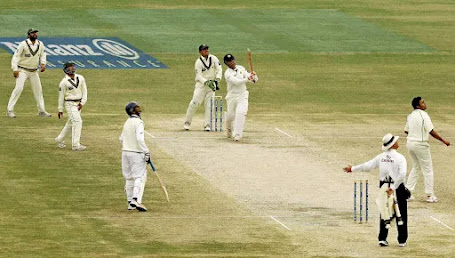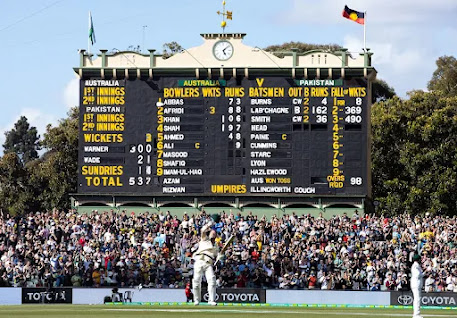Image Credit- ESPN CricInfo.
Venue- Bellerive Oval, Hobart [28th February 2012].
In Hobart on February 28, 2012, Virat Kohli produced an innings during a One Day International that cemented his status as a future great. India's tour to Australia has not gone as planned. They were crushed in all four Test matches, losing the first by 122 runs, the second by an innings and 68 runs, the third by an innings and 37 runs, and the fourth by 298 runs. They had lost the Test series 0-4. They shared the T20Is. As a result India were in dire need of a boost as the Commonwealth Bank tri-series got underway.
They were confident in their abilities after a few early victories, but it appeared as though they might have ran out of steam again after suffering three straight losses in the middle of the competition. India then needed to prevail in the series' eleventh match in Hobart. but required a significant victory. To stay in the tournament, they had to chase down whatever the score was within 40 overs.
After walking out to bat, Sri Lanka amassed a massive 320/4 in their 50 overs. On an excellent batting surface, the Sri Lankan batsmen made merry, with Tillakaratne Dilshan scoring a stunning 160 and Kumar Sangakkara chipping in with 105 off 87 balls. In an ODI, pressure from the scoreboard arises the moment a team surpasses 300, particularly a decade ago. However, the Indian team was adamant about winning.
As a result of Virender Sehwag and Sachin Tendulkar's 54-run opening partnership in just 6.4 overs, India responded with great pace. But neither of the Indian openers could turn their starts into significant knocks. Virat Kohli entered the field and partnered with Gautam Gambhir in the middle after Tendulkar was out in the ninth over. Tendulkar and Sehwag had a solid start, but the equation seemed hard. Both Gambhir and Kohli had to keep up the pace and score at a high rate of attack against a Sri Lankan side that had players like Lasith Malinga, Nuwan Kulasekara, Farveez Mahroof, and Rangana Herath.
Virat Kohli, nevertheless, delivered an incredible ODI batting masterclass in the aftermath. The earliest indications of Kohli's extraordinary ability to chase totals under duress appeared in Hobart. Kohli appeared to be a busy and proactive middle player right away. Lasith Malinga threw a yorker at him in the opening over he faced, but Virat Kohli was up to the challenge, slapping it over the mid-wicket boundary. By hitting those singles and turning one-run into a two, Kohli kept the scorers occupied. While Kohli and Gambhir forged a partnership of more than 100 runs for the third wicket, India was kept in the hunt by sporadic boundaries.
However, just when it appeared that the veteran batsman would change tactics, Gambhir was run out on 63. When Gambhir returned to the pavilion, India still needed 121 off 76 balls. After Suresh Raina entered at No. 5, Kohli shifted gears. The crowd at Hobart then witnessed devastation as he punished Kulasekara and Malinga.
It was, of course, not careless hitting or slogging, but rather accurate cricket shots that the opposing side was unable to contain. Lasith Malinga was also struck in all directions. The man who many even at the time thought would succeed Sachin was making the greatest death bowler in the world look like a net bowler. Few people can ever forget the 35th over of the game, in which Malinga gave up 24 runs to Kohli. At the height of his abilities, Sri Lankan batsman Malinga continued to fire yorkers, which Kohli consistently dismissed for boundaries. Read the 35th over's figures: 2, 6, 4, 4, 4, 4.
Watching it in shock were Malinga and the Sri Lankan field players. In just 36.4 overs, India chased the total following one of Kohli's most memorable big-hitting performances.
To watch that knock of Virat Kohli, Click Here.









